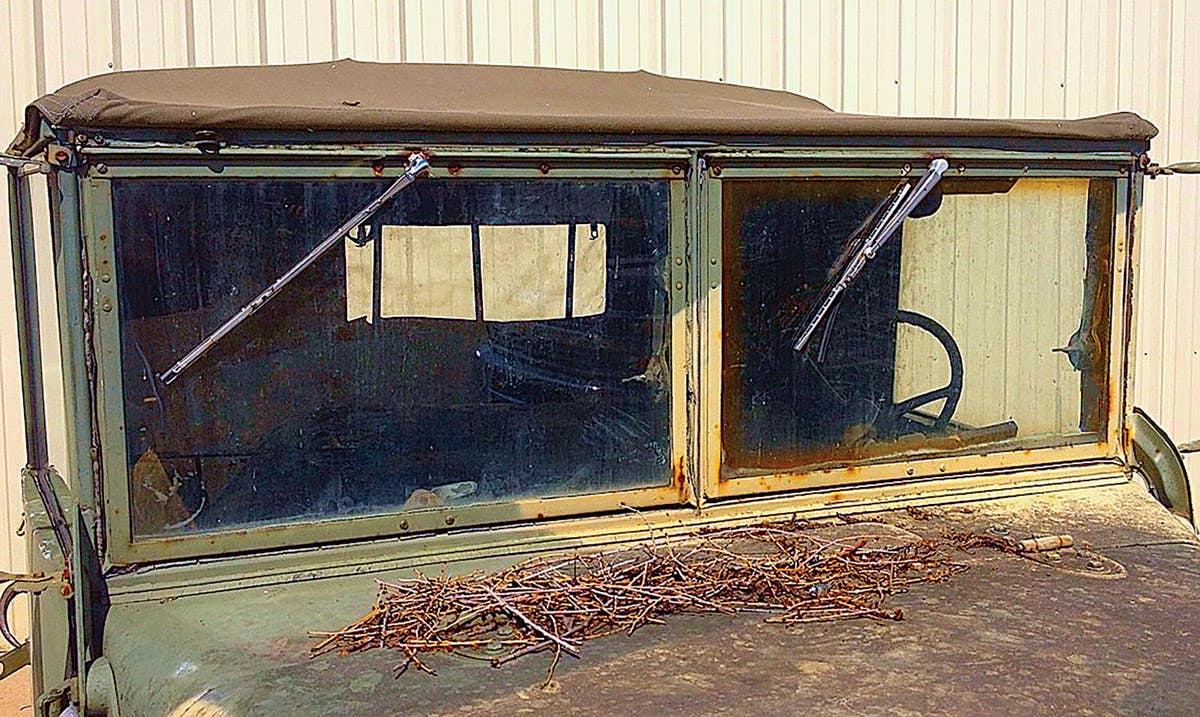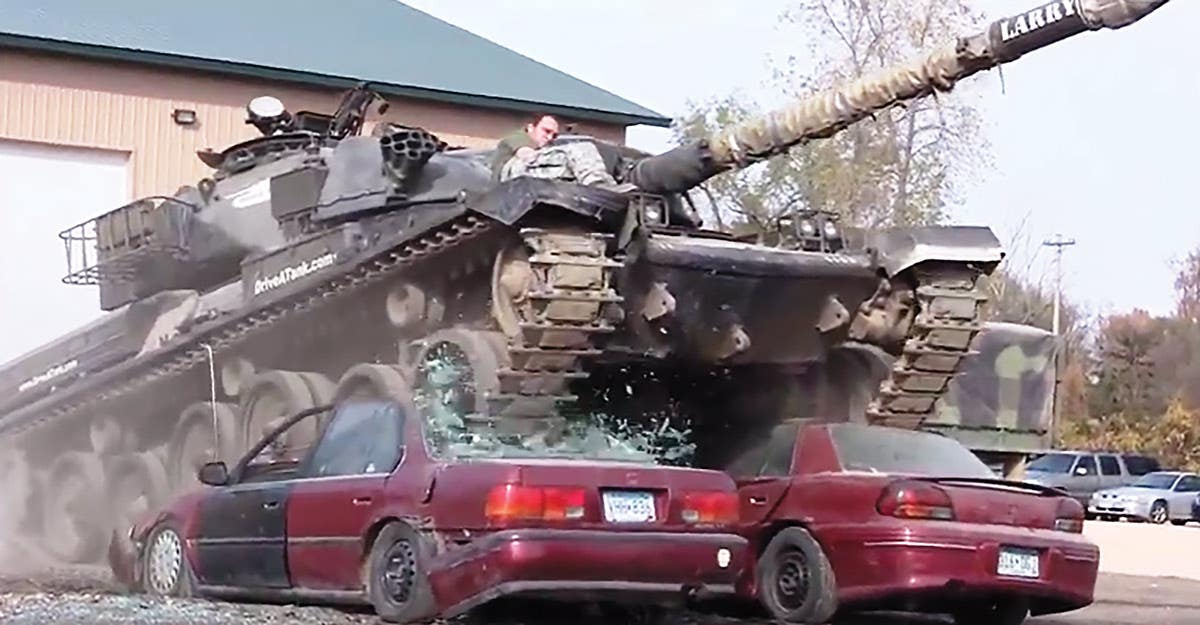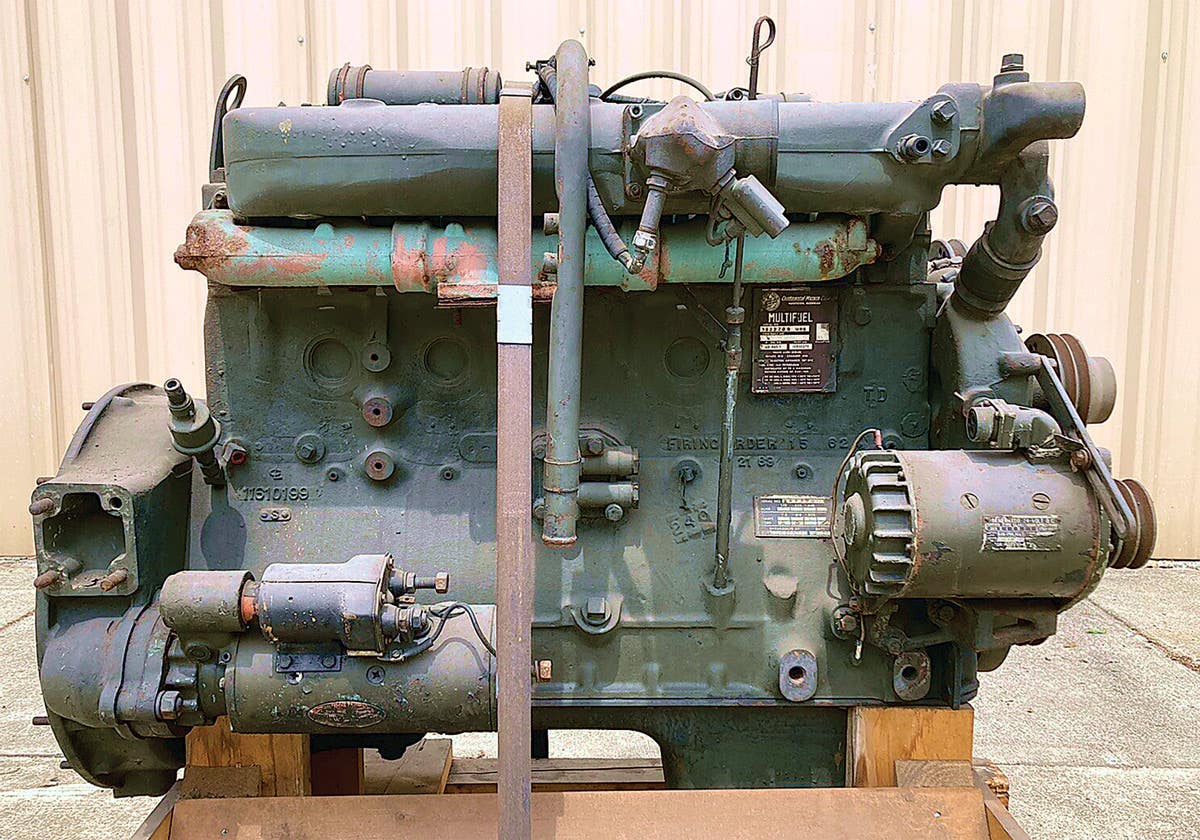Halftrack ambulance overview
Yup, halftrack ambulances existed during WWII – and they were definitely unique.
Photos courtesy NARA
That the G-102 White/Autocar/Diamaon T and G-147 International Harvester half-track chassis went on to be used as the basis for an array of gun motor carriages and fighting vehicles is well known. Less well-known are the variations of the base vehicles, the M2, M3 and M5, shown in the following pages, which include ambulance, ammunition carrier, radio carrier and aircraft refueler.
Work to use the M3 half-track as an armored evacuation vehicle to remove wounded personnel was begun by the Armored Force in 1941. By 20 March 1942 the Armored Force Board had generated a report on an M3 equipped with attachments for carrying four litters. The attachments, consisting of three brackets and six chains, could be installed without welding or drilling. That report concluded with the recommendation that such a kit be adopted as Standard, and “be provided for all half-track personnel carriers, M3, used by the medical detachments of the Armored Divisions.” Further, it recommended “That immediate steps be taken to procure sufficient sets of these attachments locally to equip the required number of halftrack personnel carriers for the 1st, 2nd, 3rd, and 4th Armored Divisions.”
On Nov. 23, 1942 International Harvester was asked to quote on 1,000 similar kits to convert M5 personnel carriers into ambulances. A further revision of the kit was made by the Armored Medical Research Laboratory, providing additional strength. Tests by the Armored Board pointed to the desirability of removing all stowage boxes and brackets to the rear of the fuel tanks in order to provide greater aisle width, allowing better care from the attendant. Various WWII Tables of Organization and Equipment indicate that such ambulance vehicles were widely used.
{For additional information, see “US Half-Track, Volumes 1 & 2”, available from DavidDoyleBooks.com – advertised elsewhere in this issue.}
Love half-tracks? Check out a few more articles on your tracked wonders.
David Doyle's earliest published works were occasional articles in enthusiast publications aimed at the historic military vehicle restoration hobby. This was a natural outlet for a guy whose collection includes several Vietnam-era vehicles such as M62, M123A1C, M35A2, M36A2C, M292A2, M756, and an M764.
By 1999, his writing efforts grew to include regular features in leading periodicals devoted to the hobby both domestically and internationally, appearing regularly in US, English and Polish publications.
In 2003, David received his a commission to write his first book, The Standard Catalog of U.S. Military Vehicles. Since then, several outlets have published more than 100 of his works. While most of these concern historic military hardware, including aircraft and warships, his volumes on military vehicles, meticulously researched by David and his wife Denise, remain the genre for which he is most recognized. This recognition earned life-time achievement in June 2015, when he was presented Military Vehicle Preservation Association (MVPA) bestowed on him the coveted Bart Vanderveen Award in recognition of “...the individual who has contributed the most to the historic preservation of military vehicles worldwide.”
In addition to all of publishing efforts, David is the editor of the MVPA’s magazine, History in Motion, as well as serving as the organization’s Publications Director. He also maintains a retail outlet for his books online and at shows around the U.S.







